Back in the 1960s, MGM made a film entitled “The Yellow Rolls Royce”. With an all-star cast it charted the life of a primrose yellow 1930s Rolls Royce Phantom II through the life of three of its owners: An English Aristocrat, A Miami Gangster and a Wealthy American Widow.
The history of the car also spoke of the times and places that the car passed through, with the car ultimately helping Yugoslav partisans against the Nazis before its American Widow takes it back to New York.
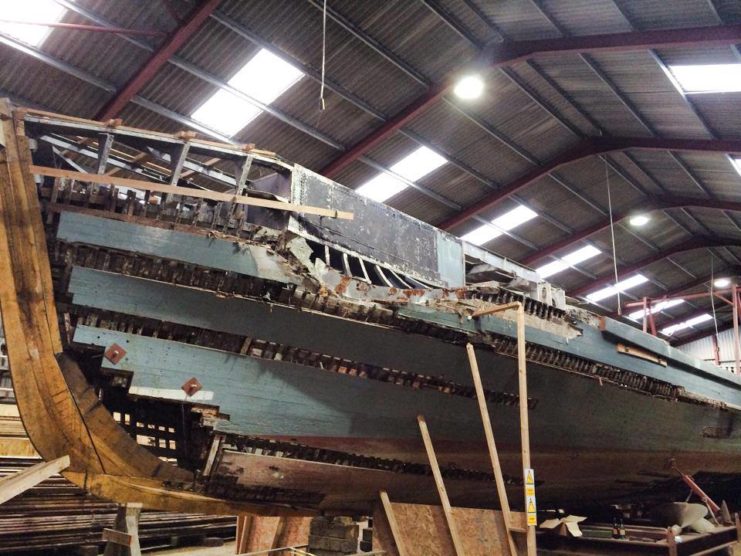
The film is a rather charming demonstration of how objects (car, house, boat, household object etc), used by multiple owners (some good/some bad) engage with our history.
Those things become part of our heritage, and the histories of others, as they are created, adapted and changed by new owners, for new tasks in an ever changing world.
The World War II German Motor Torpedo Boat (S-130) acquired by the Wheatcroft Collection in 2009 is a case in point. Heavily armed with torpedoes, cannon and machine guns and capable of speeds around 43 knots it entered service with the German Kriegsmarine in late 1943.
Capable of sinking a battleship the schenellboot (fast boat) was a remarkable coming together of old-fashioned wooden-boat building skills that the Vikings would have recognised, together with the latest diesel engine technology of Mercedes Benz: Three state-of-the-art marine diesels powering the boat.
A formidable weapon of war that saw action against Allied forces in the English Channel and North Sea in 1943-45, it at the same time points to some of the factors why Germany lost the war.
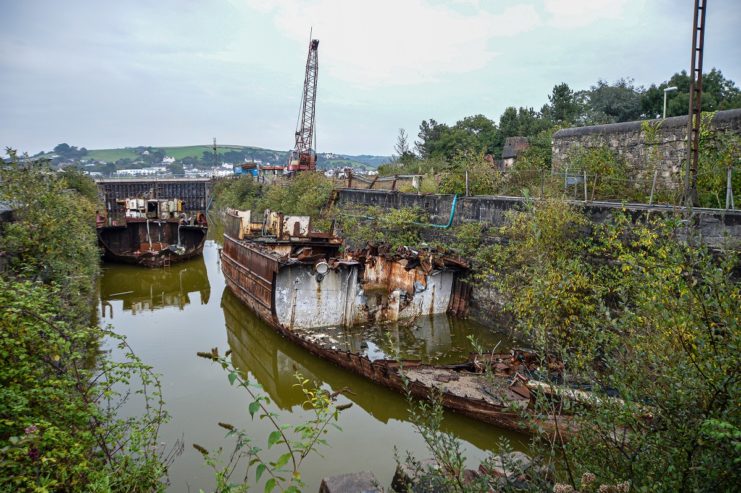
Its wooden hull speaks of how the German wartime economy struggled to produce enough steel for tanks, U-Boats and other weapons of war.
It was a small ship (almost 115 long) because by 1943 the larger ships of the German navy had mostly been put out of action and there could be no question of building new ones.
Only just over 200 of these fast boats were built, and by war’s end S-130 would be one of the few survivors (the hull still bears some of the scars of action in 1944-45 as the German Armed Forces were driven from the seas and eventually the land).
S-130 is a kind of testament to Allied victory and the sacrifices that were necessary to achieve that end. Indeed, S-130 was involved in the attack on a convoy of American landing ships (T.4) on the night of 28 April 1944 (part of Exercise Tiger) that resulted in the deaths of hundreds of American sailors and soldiers (the official death toll stands at 749).
It was a tragic event that underlined the dangers facing Allied service personnel in June 1944 as they landed on the coast of France to begin the liberation of Western Europe.
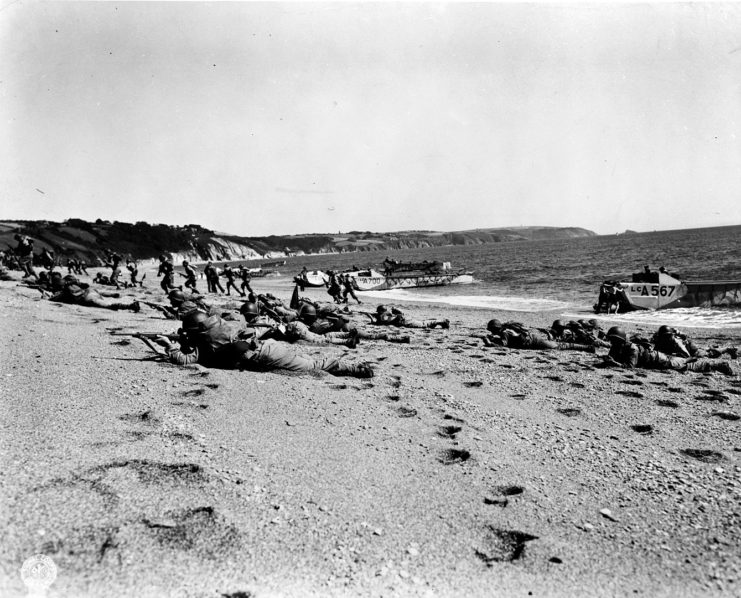
Over the years I have watched as veterans of the Exercise Tiger attack have visited S-130 to see one of the ships that faced them so many years ago.
Their reactions might surprise many in that they are genuinely grateful for the opportunity to see what they were up against that dark night on 28th April 1944.
It has given them the opportunity to understand and to remember, and now increasingly it is the descendants of Exercise Tiger veterans that visit the boat: To understand and to remember. Only a handful of ships now survive from the thousands that took part in the
D-Day landings in 1944 and S-130 is one of those few.
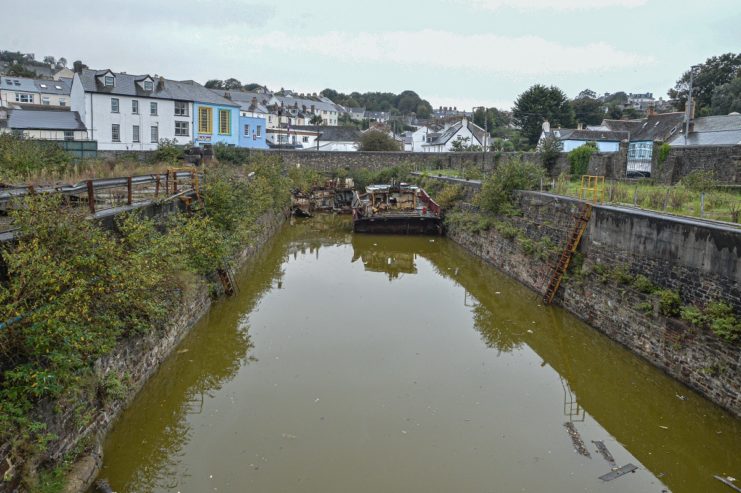
As Allied armies advanced on Germany S-130 was back in Germany undergoing repair such was the damage inflicted on her in the Channel Battles after D-Day.
With the war’s end in May 1945 S-130 became a War Prize of the British and was taken to Gosport for evaluation. In line with a very long tradition of incorporating captured enemy warships into your own fleet the Kriegsmarine’s S-130 became Royal Navy Fast Patrol Boat FPB5130.
She was used to trial new marine diesel technologies that would eventually result in the Napier Deltic diesel engine that would be used to power a generation of British Rail locomotives.
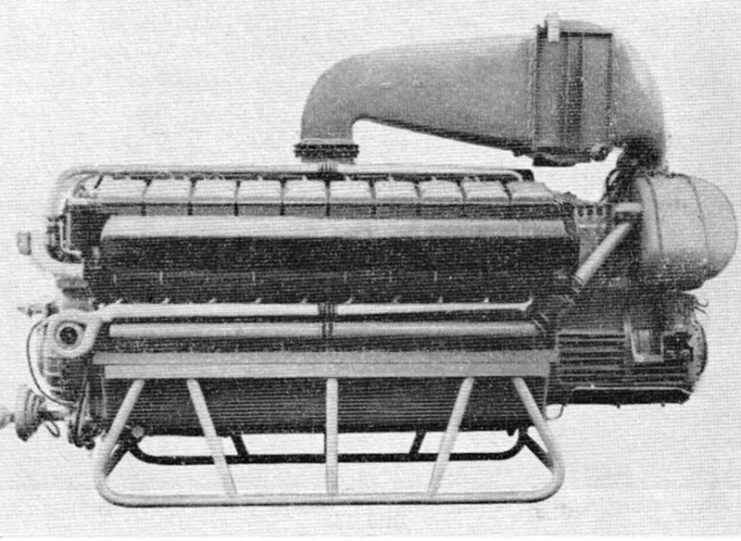
Against the backdrop of the developing cold war with the Russians, and with new engines and stripped of her armament to make her faster, S-130 was sent back to Germany.
There she was used to gather intelligence on the rapidly developing Russian naval threat. Her commander was Lt Commander John Harvey Jones (1924-2008) who would in the 1980s become a household name as TV Star and Chairman of Imperial Chemicals Industries (ICI).
From working for British Naval Intelligence S-130 went fully “James Bond” in the early 1950s as part of the German crewed Baltic Fisheries Protection Service. This rather dull sounding duty was a cover for MI6’s “Operation Jungle” 1948-1955.
Trained agents were smuggled by fast boat into the Baltic States to encourage the armed resistance against the Russian occupation. The Operation was, however, compromised by the activities of the Cambridge five spy ring that passed secrets to the Russians. As a result many brave agents (over 40) fell into the hands of the Russians before the Operation was suspended.
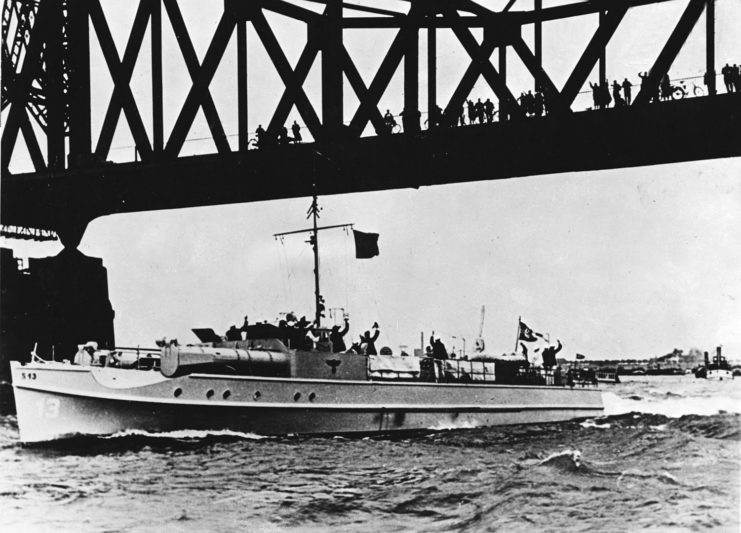
In 1957 S-130 returned to the German Bundesmarine, the navy of the new Germany, which had joined NATO three years before.
The boat which had begun life under one totalitarian regime was to spend the rest of the 1950s, the 1960s, the 1970s and the 1980s helping the west deter another totalitarian regime.
Over four decades, S-130 helped to train the sailors of the Federal German Republic, and served as a test vessel for the new technologies being developed as part of the cold war arms race.
In 1991, two years after the end of the cold war over, S-130 was given the maritime equivalent of being “put out to grass” as the old boat became a houseboat in Wilhelmshaven: A seemingly poetic end after many years of service.
A weapon of war had become a symbol of the new peace, but with so much history behind her, and so many stories to tell, it was important that she was preserved and restored to enable older generations to understand and remember, and for future generations to engage with that a history that covers the greater part of the 20th Century.
In 2003 S-130 was bought by the British Military Powerboat Trust, and six years later the boat was sold to noted World War II, and living history enthusiast and expert, Mr Kevin Wheatcroft.
Another Article From Us: Now You Can Hire USS Cobia a WW2 Sub For a Night
The value of S-130 doesn’t just end with her as a piece of history. Restoration and on-going maintenance of the boat will breathe millions into the economy of Devon, keeping vital maritime skills in the county, as S-130 past, present and future come together as one.
G.H. Bennett
Associate Professor
The University of Plymouth
